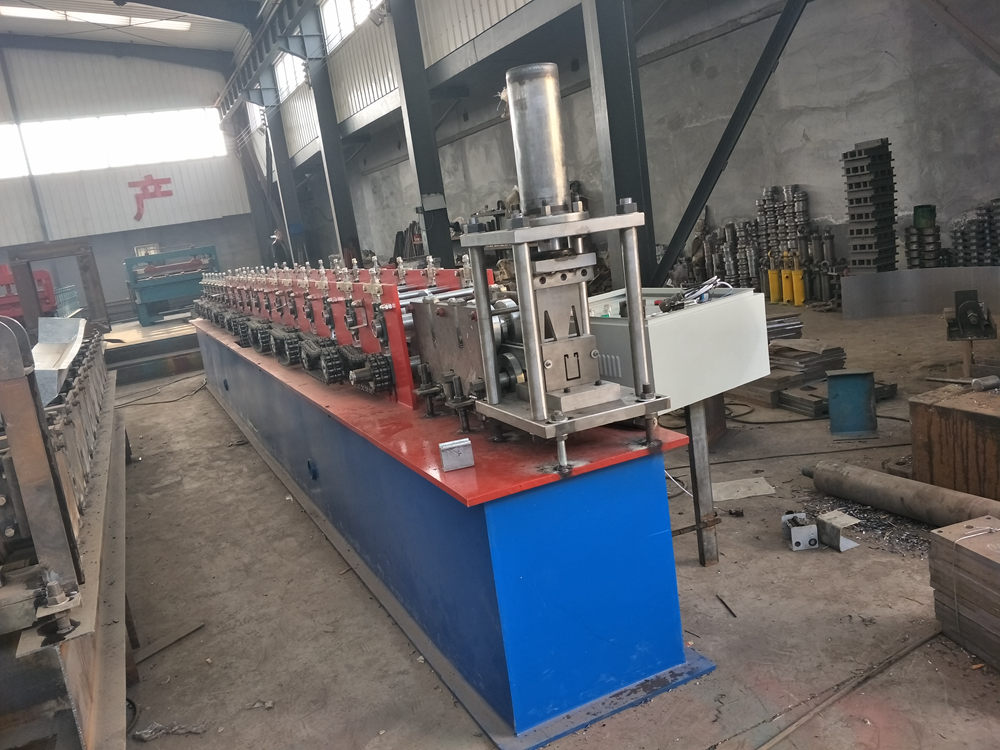
The Evolution and Importance of Square/Round Downspout Roll Forming Machines
In the ever-evolving landscape of construction and manufacturing, efficiency and precision are paramount. One significant innovation that has revolutionized the production of downspouts is the square/round downspout roll forming machine. This advanced machinery has become an indispensable tool in the metal fabrication industry, streamlining the process of creating essential components for effective rainwater management systems.
Understanding Downspouts
Downspouts are critical elements in any roofing system, responsible for directing rainwater away from a building's foundation. By eliminating excess moisture, they help prevent structural damage, mold growth, and erosion. Traditionally, downspouts were crafted from various materials, including vinyl, aluminum, and copper. However, advancements in manufacturing technology have led to the widespread adoption of roll-formed metal downspouts, which offer enhanced durability and aesthetic appeal.
Roll Forming Technology
The roll forming process involves feeding a metal strip through a series of rollers that progressively shape the material into the desired profile. This method enables the production of long lengths of downspouts without seams, which enhances both their strength and appearance. The square/round downspout roll forming machine is specifically designed to accommodate both square and round profiles, offering versatility for manufacturers.
Efficiency and Precision
One of the most significant advantages of using a roll forming machine is the increased efficiency it brings to production. Traditional methods of crafting downspouts involved a greater degree of manual labor, which not only slowed down the process but also introduced opportunities for error. The automation provided by roll forming machines significantly reduces the labor involved, allowing companies to produce large volumes of high-quality downspouts in a fraction of the time.

Moreover, these machines are engineered for precision. The sophisticated technology ensures consistent dimensions and shapes, adhering to industry standards. This level of accuracy minimizes waste and rework, ultimately leading to cost savings for manufacturers.
Customization and Flexibility
Modern square/round downspout roll forming machines also offer extensive customization options. Manufacturers can easily adjust the machine settings to create downspouts in various sizes, shapes, and colors, catering to specific customer requirements. This flexibility is particularly beneficial in the construction industry, where architectural designs can vary widely. The ability to produce custom solutions on-demand allows manufacturers to stay competitive in an ever-changing market.
Sustainability and Environmental Impact
As industries strive for sustainability, the roll forming process aligns well with eco-friendly initiatives. Metal downspouts are often recyclable, and the efficiency of the rollout minimizes energy consumption during production. Additionally, by using durable materials, buildings benefit from longer-lasting downspouts that require fewer replacements, ultimately reducing waste over time.
Conclusion
The square/round downspout roll forming machine represents a significant leap in manufacturing technology, addressing the growing demand for high-quality, efficient, and customizable downspouts. Its ability to produce durable, seamless components with precision not only enhances the construction process but also contributes to the overall performance of rainwater management systems. As the industry continues to evolve, the role of advanced machinery like the roll forming machine will be crucial in shaping the future of metal fabrication and sustainable construction practices.